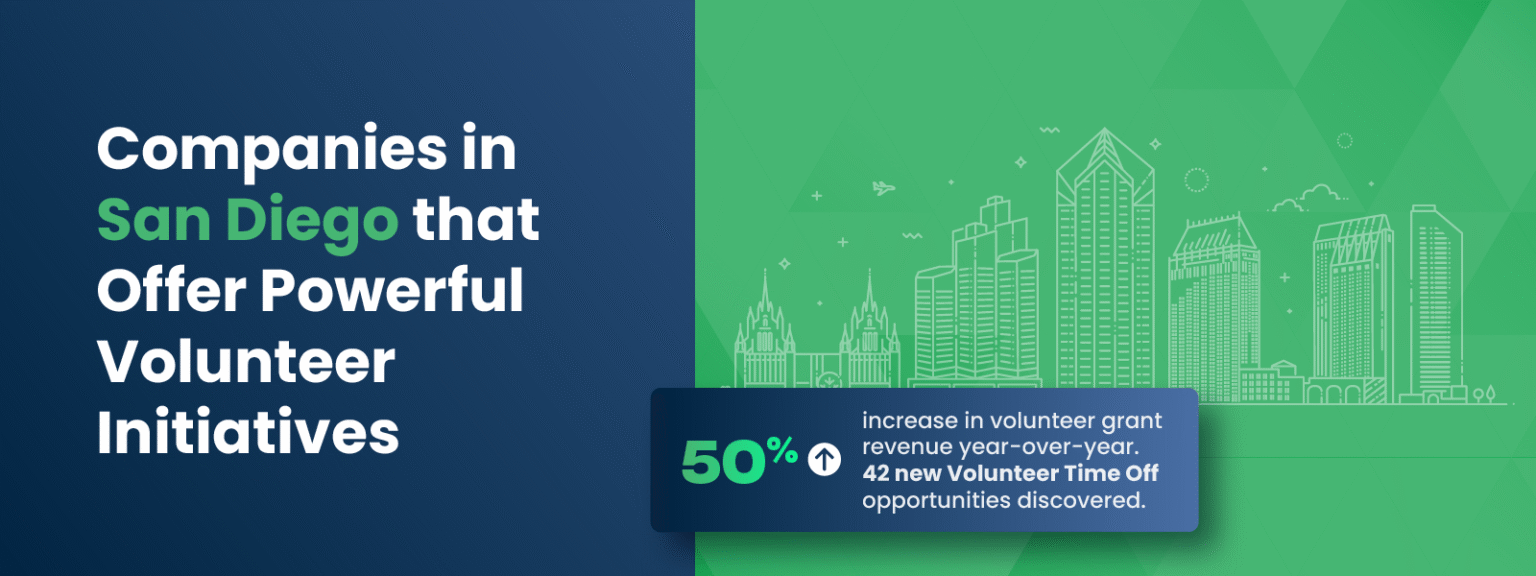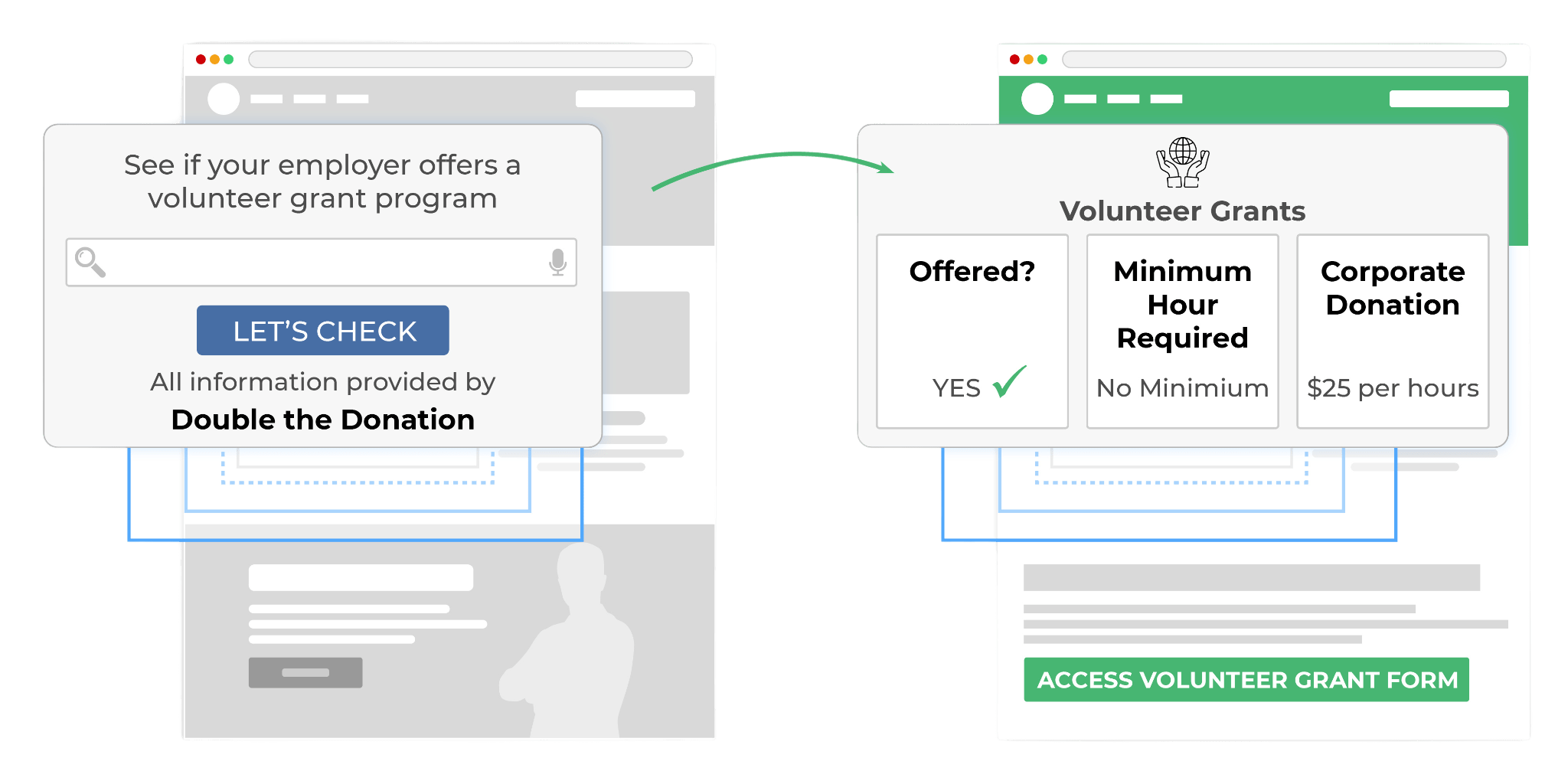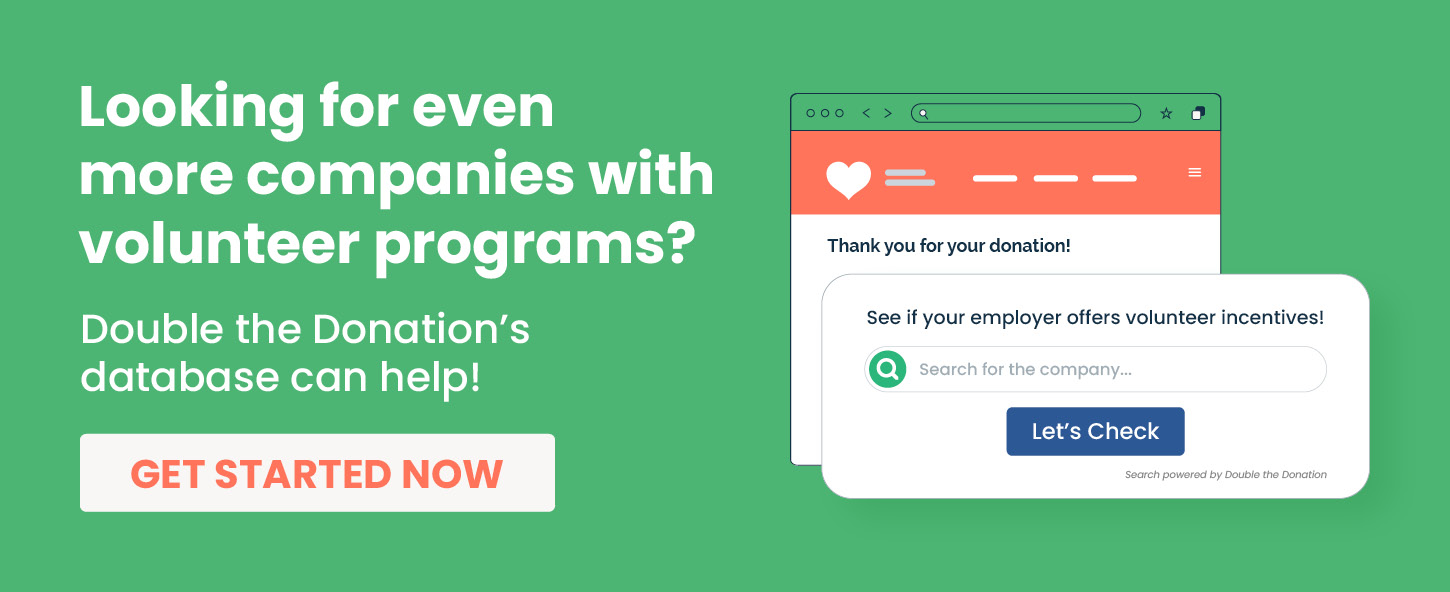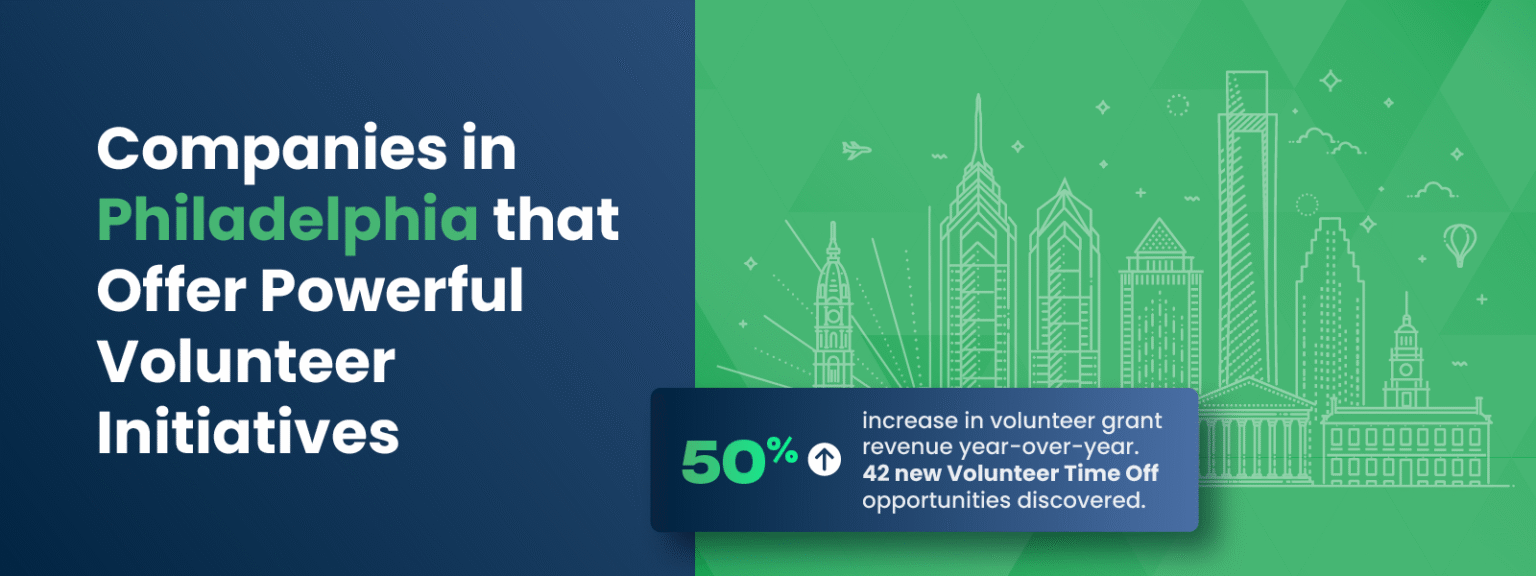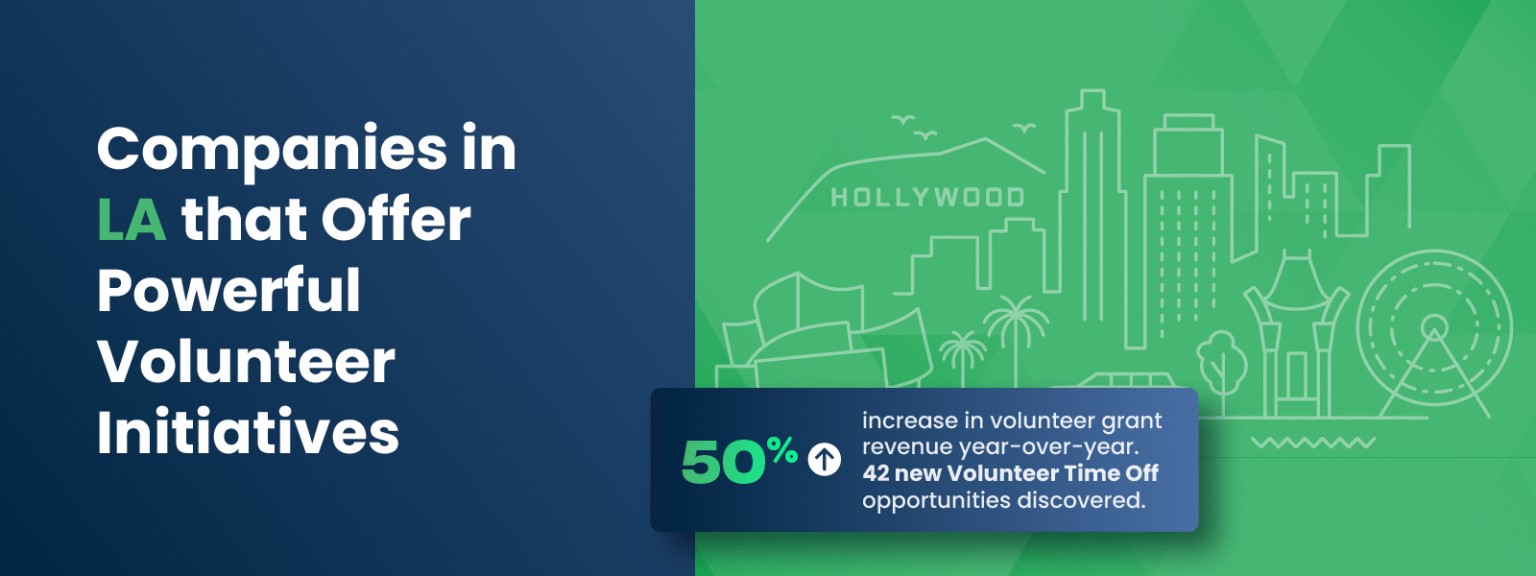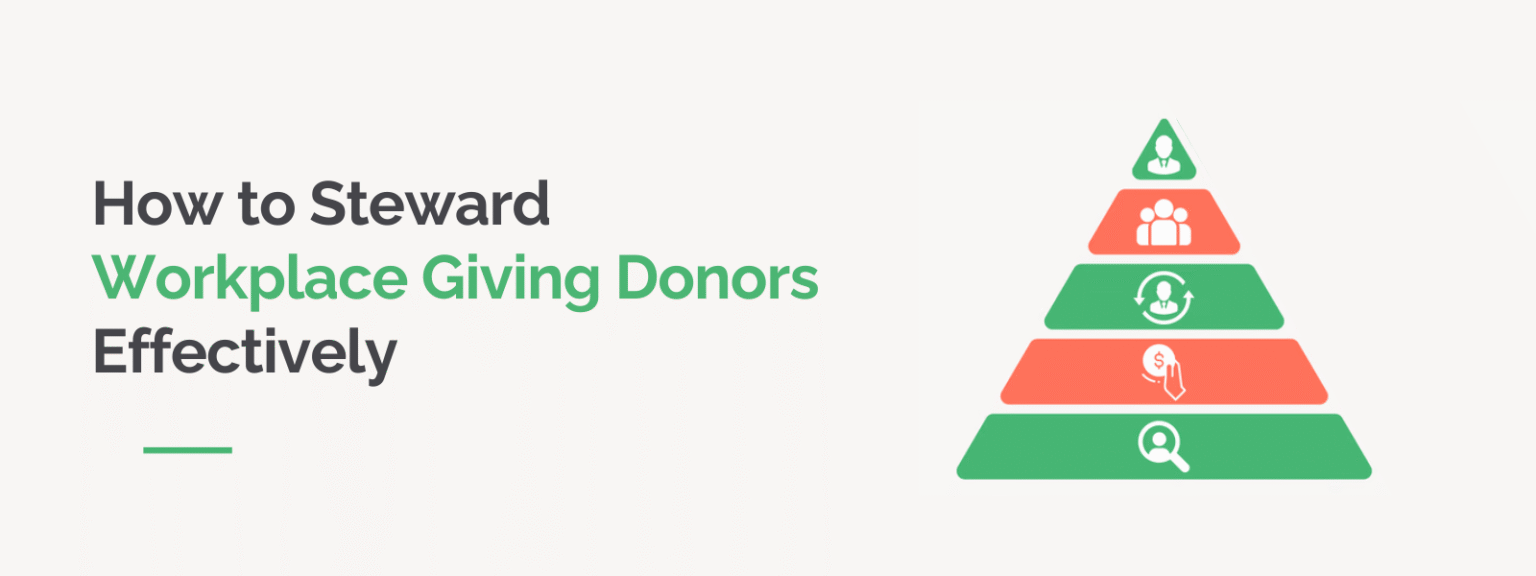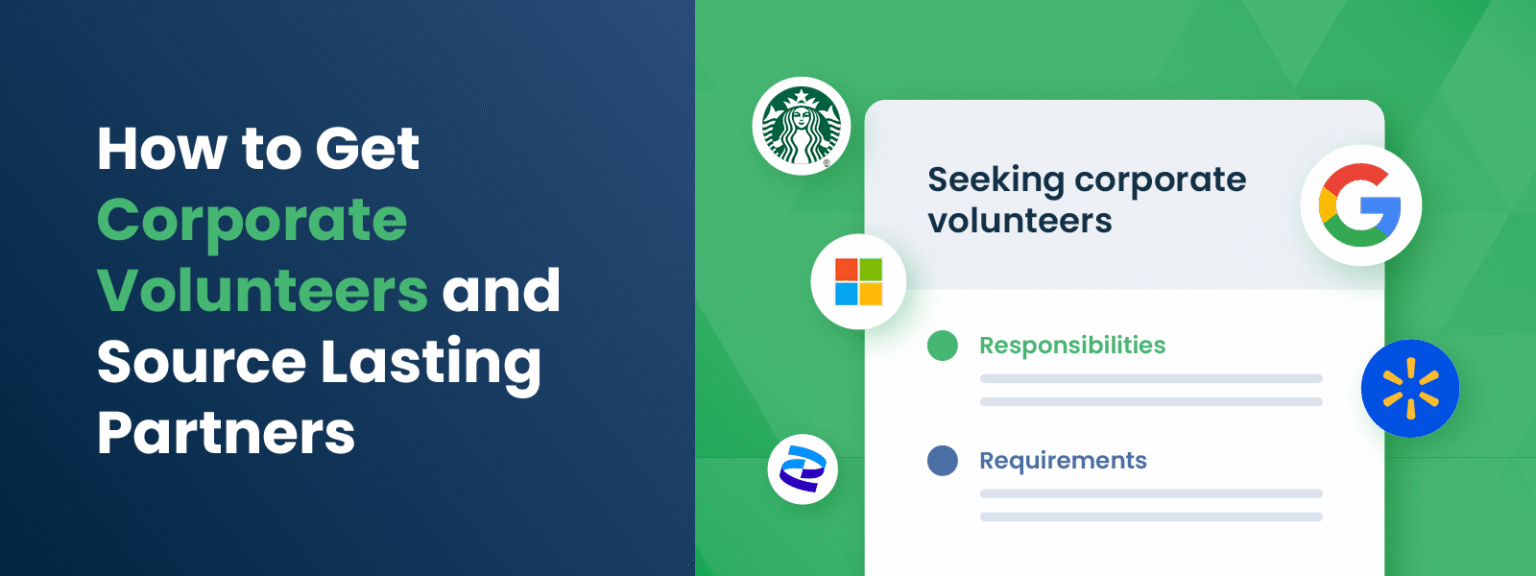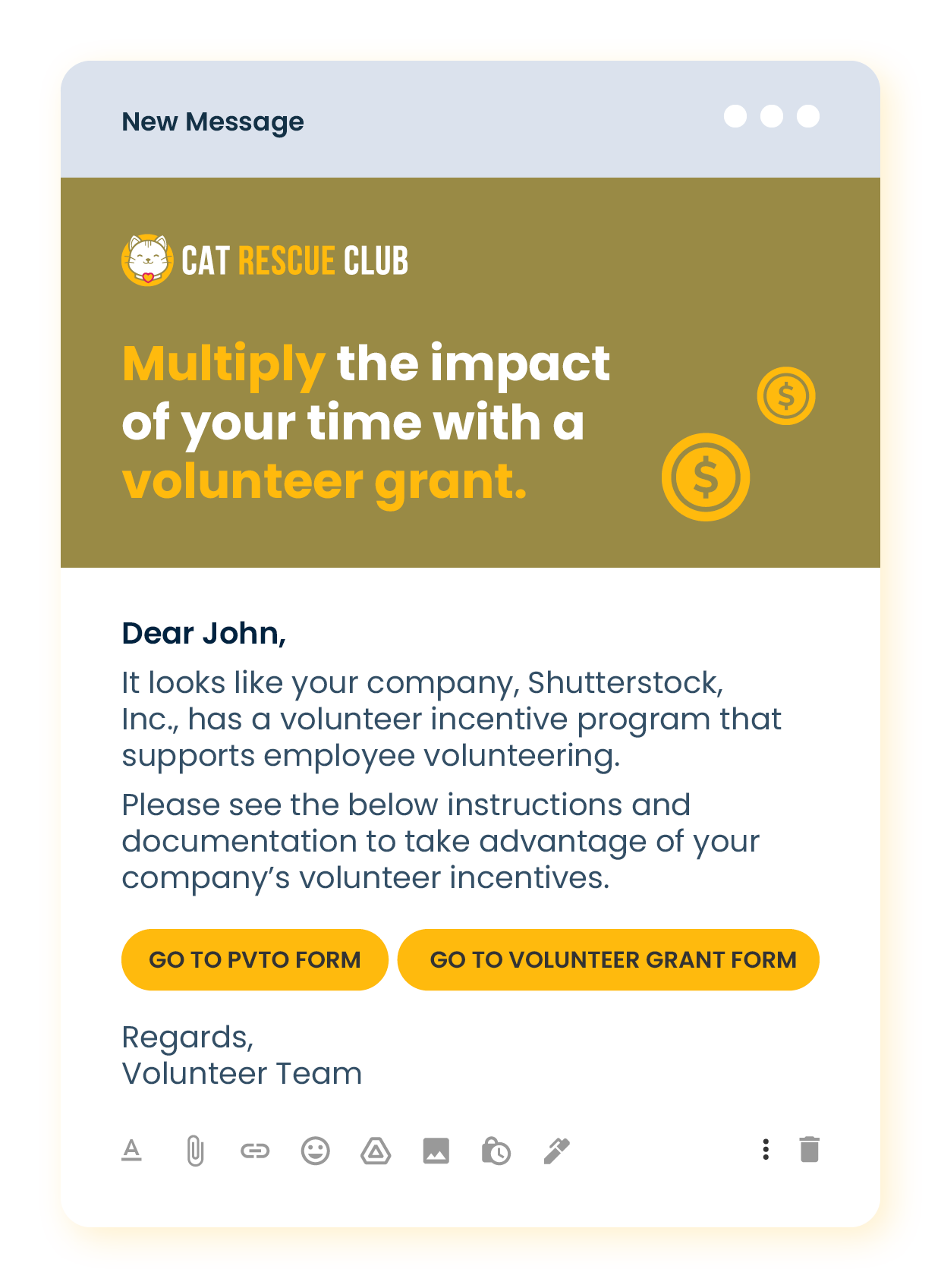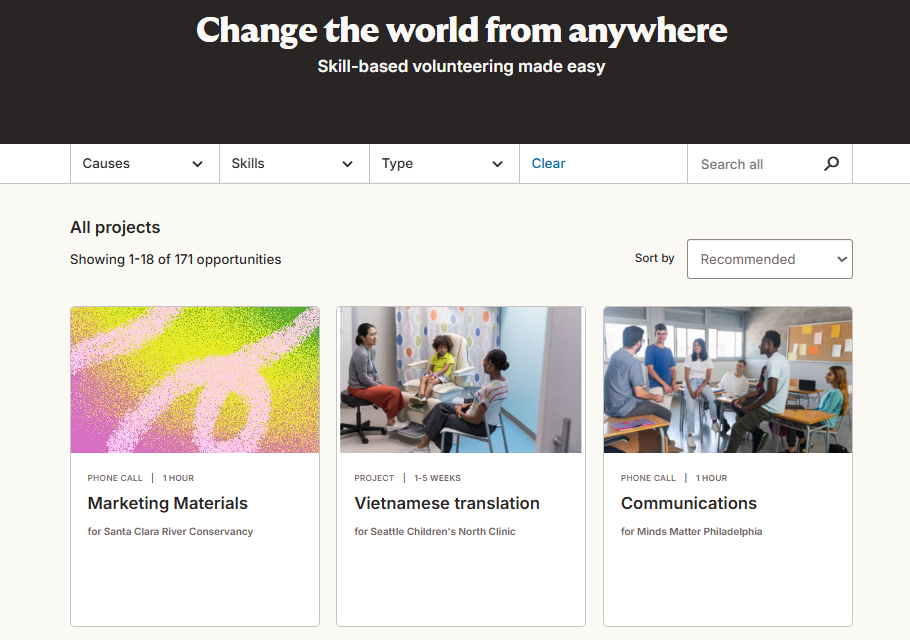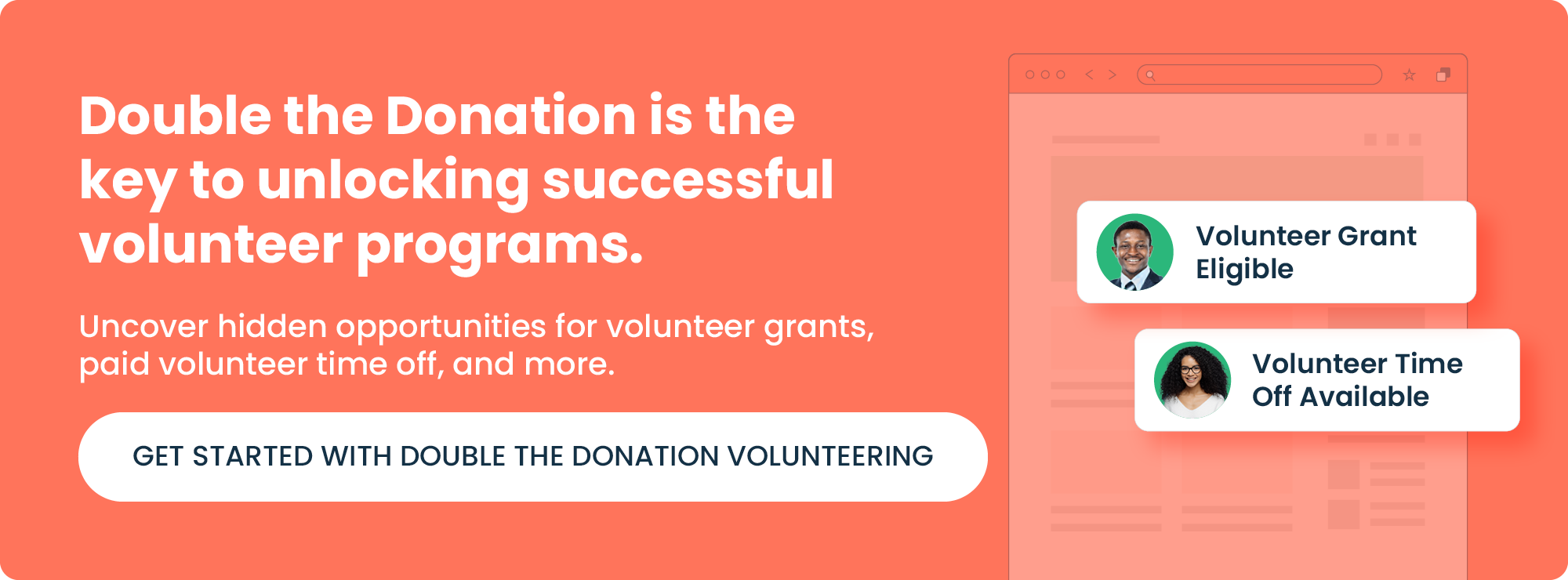Companies in San Diego that Offer Powerful Volunteer Initiatives
San Diego stands as a vibrant city known not only for its beautiful coastline and pleasant climate but also for its dynamic business environment and thriving nonprofit sector. The city’s unique blend of industries, ranging from technology and healthcare to finance and manufacturing, creates a fertile ground for corporate philanthropy and community engagement. Many companies headquartered or operating in San Diego have embraced volunteer initiatives as a core part of their corporate social responsibility strategies, fostering a culture of giving back that benefits both employees and the community.
These volunteer initiatives often take the form of volunteer grant programs and volunteer time off (VTO) policies, which empower employees to contribute their time and skills to local nonprofits. For organizations seeking to maximize their impact, understanding which companies offer these programs and how they operate is essential. This article explores the leading companies in San Diego that provide powerful volunteer initiatives, highlighting opportunities for nonprofits to engage with corporate partners and leverage these programs for greater community impact.
In this guide, we’ll walk you through:
- What to Know About Major San Diego Companies in the Corporate Volunteer Space
- Top Companies in San Diego That Offer Volunteer Grant Programs
- Leading San Diego Companies That Provide Volunteer Time Off
- Exploring More San Diego Volunteer Programs with a Workplace Philanthropy Database
With a strong emphasis on social responsibility, many businesses in San Diego are actively involved in supporting their communities. In this guide, we’ll highlight the top companies in the corporate volunteer space and explore the programs they offer to help you build valuable partnerships, increase community impact, and further your mission.
Let’s begin.
What to Know About Major San Diego Companies in the Corporate Volunteer Space
San Diego is a major metropolitan area with a population ranking as the eighth-largest city in the United States. Its economy is robust and diverse, making it a significant hub for both business and nonprofit organizations. The city is home to more than 1,000 companies, including several Fortune 500 and Fortune 1000 firms, which contribute to its reputation as a center for innovation and economic growth.
Key industries that dominate San Diego’s economy include technology, telecommunications, healthcare, biotechnology, finance, and defense. This diverse economic base supports a strong corporate culture of philanthropy and volunteerism. Many companies headquartered in San Diego recognize the importance of engaging their workforce in community service, not only to support local nonprofits but also to enhance employee satisfaction and retention.
Corporate volunteer programs in San Diego often include volunteer grant programs, where companies provide financial grants to nonprofits based on employees’ volunteer hours, and volunteer time off programs, which allow employees to take paid time off to volunteer. These initiatives reflect a growing trend among corporations to integrate social responsibility into their business models, creating meaningful partnerships with nonprofits and amplifying their impact in the community.
Top Companies in San Diego That Offer Volunteer Grant Programs
Volunteer grant programs are a powerful way for companies to support nonprofits by providing financial grants based on the volunteer hours their employees contribute. In San Diego, several leading companies have established robust volunteer grant programs that nonprofits can tap into to increase their funding and deepen community ties.
Qualcomm
Qualcomm is a global leader in wireless technology and telecommunications headquartered in San Diego. The company is known for its strong commitment to corporate social responsibility, including a comprehensive volunteer grant program. Qualcomm employees who volunteer a minimum number of hours annually can request grants for the nonprofits they support. The program typically requires at least 20 volunteer hours to qualify, with grant amounts varying based on the employee’s role and tenure. Qualcomm allows multiple grant submissions per year, encouraging ongoing volunteer engagement.
Learn more about the program here!
Sempra Energy
Sempra Energy, a Fortune 500 energy services holding company based in San Diego, offers a volunteer grant program designed to reward employees for their community involvement. Eligible employees can submit grant requests after completing a set number of volunteer hours, usually around 20 hours per year. The grants support a wide range of nonprofit organizations, with some restrictions on political or religious activities. Sempra’s program emphasizes environmental and community development causes, reflecting the company’s core values.
Learn more about the program here!
Apple
Apple, with a significant presence in San Diego, extends its corporate philanthropy through a volunteer grant program that encourages employees to give back. Apple employees who volunteer a minimum of 20 hours annually can apply for grants to benefit the nonprofits they serve. The program supports a broad spectrum of causes, including education, health, and social services. Apple’s volunteer grant program is known for its flexibility and generous grant limits, making it a valuable resource for nonprofits.
Learn more about the program here!
Google’s San Diego office participates in the company’s global volunteer grant program, which rewards employees for their volunteer efforts. Employees who complete at least 20 hours of volunteer service can request grants for their chosen nonprofits. Google’s program is notable for its streamlined application process and the ability to submit multiple grant requests per year. The company encourages volunteerism in areas such as education, technology access, and community development.
Learn more about the program here!
Intuit
Intuit, a financial software company with operations in San Diego, offers a volunteer grant program that supports employee volunteerism. Employees who volunteer a minimum of 20 hours annually are eligible to request grants for nonprofits. Intuit’s program is designed to be inclusive, covering a wide range of volunteer activities and nonprofit types. The company also promotes team volunteering and group grant submissions, enhancing the impact of collective employee efforts.
Learn more about the program here!
Booz Allen Hamilton
Booz Allen Hamilton, a management and technology consulting firm with a San Diego presence, provides a volunteer grant program that rewards employees for their community service. Employees who volunteer at least 20 hours per year can submit grant requests to support their nonprofits. The program focuses on causes related to education, veterans, and community development. Booz Allen Hamilton encourages ongoing volunteer engagement by allowing multiple grant submissions annually.
Learn more about the program here!
Cisco
Cisco Systems, a global technology leader with offices in San Diego, offers a volunteer grant program that incentivizes employee volunteerism. Eligible employees who complete a minimum of 20 volunteer hours can request grants for their nonprofits. Cisco’s program is known for its generous grant amounts and broad eligibility criteria, covering a wide range of volunteer activities. The company also supports team volunteering and provides resources to help employees maximize their impact.
Learn more about the program here!
Nike
Nike, a multinational corporation with a San Diego footprint, supports volunteerism through its volunteer grant program. Employees who volunteer a minimum of 20 hours annually can apply for grants to benefit the nonprofits they serve. Nike’s program emphasizes sports, youth development, and community health initiatives. The company encourages employees to engage in both individual and team volunteer activities, with flexible grant submission options.
Learn more about the program here!
Novartis
Novartis, a global healthcare company with operations in San Diego, offers a volunteer grant program that rewards employees for their volunteer contributions. Employees who complete at least 20 hours of volunteer service can request grants for their nonprofits. Novartis focuses on health-related causes but supports a wide range of nonprofit activities. The program allows multiple grant submissions per year and provides educational resources to help employees navigate the process.
Learn more about the program here!
Leading San Diego Companies That Provide Volunteer Time Off
Volunteer Time Off (VTO) programs are another key way companies in San Diego support employee volunteerism. These programs allow employees to take paid time off to volunteer, making it easier for them to contribute to causes they care about without sacrificing income. Several leading companies in San Diego have established VTO policies that benefit both employees and nonprofits.
Qualcomm
Qualcomm offers a generous VTO program that provides employees with paid time off specifically for volunteering. Employees are typically eligible for up to 16 hours of VTO annually, which they can use to support a variety of nonprofit causes. The program encourages employees to engage in community service during work hours and supports a wide range of volunteer activities. Qualcomm’s VTO program is open to all full-time employees, with some flexibility for part-time staff.
Learn more about the program here!
LPL Financial
LPL Financial, a leading independent broker-dealer with a San Diego office, provides a VTO program that allows employees to take paid time off to volunteer. Employees can usually access up to 8 hours of VTO per year, which can be used for individual or group volunteer activities. The program supports a broad range of causes and encourages employees to participate in community service events. Eligibility typically requires a minimum tenure of six months.
Learn more about the program here!
ServiceNow
ServiceNow, a cloud computing company with a presence in San Diego, provides a VTO program that grants employees paid time off to volunteer. Employees typically receive up to 16 hours of VTO annually, which they can use to support nonprofits of their choice. The program emphasizes community engagement and encourages employees to participate in both individual and team volunteer activities. Eligibility requirements include full-time employment and a minimum tenure of three months.
Learn more about the program here!
Nike
Nike’s VTO program offers employees paid time off to volunteer, with an annual allowance of up to 16 hours. The program supports a wide range of volunteer activities, particularly those related to youth sports, health, and community development. Nike encourages employees to use their VTO to engage in meaningful service projects and often organizes company-wide volunteer events. The program is available to all employees, with some guidelines on eligible volunteer activities.
Learn more about the program here!
Explore More San Diego Volunteer Programs with a Workplace Philanthropy Database
While the companies highlighted above represent some of the most prominent volunteer grant and VTO programs in San Diego, many more businesses in the city and beyond it offer similar initiatives that nonprofits can benefit from. To uncover these additional opportunities, nonprofits can leverage workplace philanthropy databases like Double the Donation, which provide comprehensive listings of corporate volunteer programs, matching gifts, payroll giving, and more.
These databases allow nonprofits to easily search for companies with existing volunteer programs offered. By using such tools, nonprofits can identify new corporate partners, tailor their outreach strategies, and maximize their chances of securing volunteer grants and VTO support. Additionally, many workplace philanthropy databases can be integrated directly into nonprofit workflows, such as registration forms, volunteer portals, and follow-up communications, ensuring that volunteers are informed about their eligibility for corporate volunteer incentives.
Wrapping Up & Final Thoughts
San Diego’s vibrant corporate landscape offers a wealth of opportunities for nonprofits to engage with companies through powerful volunteer initiatives. From volunteer grant programs to volunteer time off policies, many leading companies in the city have embraced these strategies to support their communities and encourage employee involvement.
Nonprofits that understand and leverage these programs can significantly boost their impact, gaining both financial support and increased volunteer engagement. By partnering with companies like Qualcomm, Sempra, Apple, Google, Intuit, and others, nonprofits can tap into a culture of corporate giving that benefits everyone involved.
How to Maximize Corporate Volunteerism with Double the Donation
Ready to unlock the full potential of corporate volunteer programs? With Double the Donation’s tools, you can effortlessly capture volunteer grants and employer-sponsored time off, helping you maximize the value of every hour your supporters give.
Don’t miss out on additional funding opportunities that could significantly boost your nonprofit’s revenue. Get started today, and see how easy it is to integrate volunteer incentives into your fundraising strategy. Let Double the Donation help you turn volunteer hours into lasting impact. Request a personalized demo today!

